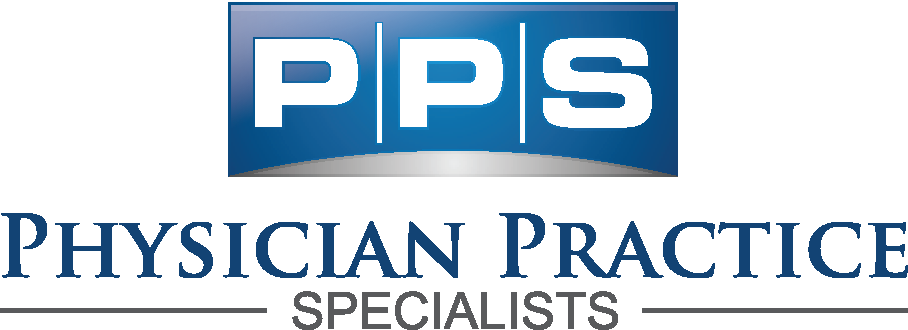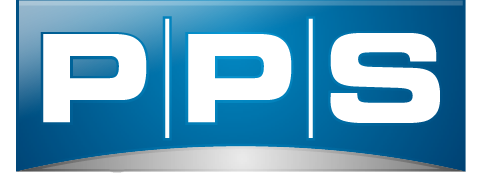Medical credentialing involves applying for inclusion in an insurance network to receive reimbursement for medical services. At Physician Practice Specialists, we provide support and application management services for healthcare professionals requiring credentialing assistance. Here are five steps we take when working with a medical practice client:
1. Case Manager Assignment
Before applying to join an insurance network, our team assesses the client’s needs and assigns a account manager with experience suited to their practice. The account manager oversees each application and works to expedite the process. Once all information has been obtained, the account manager will then fill out an enrollment form to begin the formal credentialing process.
2. Information Gathering
The case manager begins by helping the client collect all the necessary information for their application. Required paperwork includes the provider’s medical license, work history, tax forms like W-9s, and Drug Enforcement Agency (DEA) screenings. Several insurance companies use CAQH, a database of providers, to access this information. Account managers use this period to evaluate the client’s payer list and verify that every relevant party is included. This phase usually lasts less than two weeks.
3. Application Submission
Insurance companies require various methods and data for applications. Some require a letter of interest (LOI), and many expect applicants to submit forms through their individual websites. Our team contacts insurance companies and navigates their separate application structures. We submit all applications, and the account manager confirms that the payer received the request. This step ends when all applications are submitted, which can take approximately 60-120 days for the insurance payer to process.
4. Application Follow-up
When an insurance company receives an application, they evaluate it and decide whether to proceed with the credentialing process. Accepted applications move into the primary source verification phase, in which the payer checks submitted documents for completeness and accuracy. Once satisfied, the insurance company will offer a contract or a contract will be requested.
If an applicant is not selected to join, they will receive an official notice that the payer is not writing new contracts. This may happen to new practices, but rejections are not final and can be appealed. Strong appeals aim to demonstrate the new value a practice offers. They highlight skills, experience, and communities the applicant can bring into the payer’s network that the insurance plan lacks in the community.
Account managers track and monitor the application’s progress throughout the process, allowing them to resolve any potential delays promptly. Our team has experience levying appeals to advocate on the client’s behalf if necessary.
5. Contracting and Negotiating
After application acceptance, the insurance company sends the applicant payment agreements to review and sign. Established groups may bring clients into existing group contracts through a roster or addendum. The contents of offered contracts may also be negotiated. Once satisfied, the applying healthcare provider returns the signed agreement to the payer for loading. This process can take approximately 6-8 weeks, depending on the payer. Our team then confirms that the practice has effective dates and provider IDs for all relevant payers. The gathered information is then sent to the provider’s billing company or department, allowing them to begin receiving reimbursement for their services.
Nationwide Medical Credentialing Services
At Physician Practice Specialists, we offer professional medical credentialing services nationwide. Our team streamlines the application process by drawing on its diverse experience serving providers in many specialties. Visit our website today to browse our additional services and schedule a free consultation.


